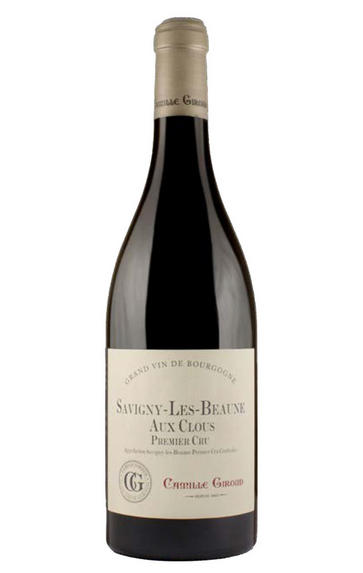
2021 Savigny-lès-Beaune, Aux Clous, 1er Cru, Camille Giroud, Burgundy
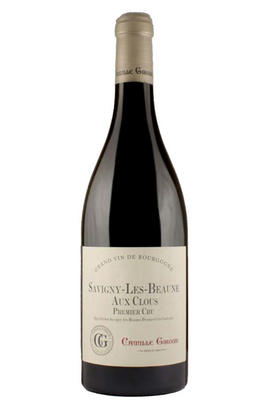
Critics reviews
Jasper Morris, Inside Burgundy (January 2023)
About this WINE
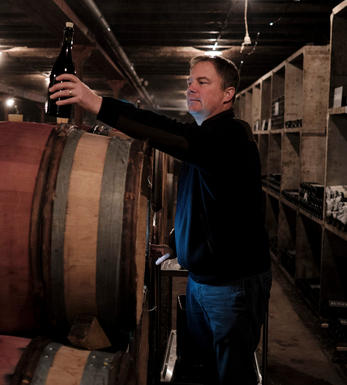
Maison Camille Giroud
Established in 1865, Maison Camille Giroud has a rich heritage rooted in Burgundy’s winemaking tradition. Initially a specialist négociant, they sourced wines from esteemed growers across the renowned Côte d’Or region, ageing them meticulously in their cellars for decades to achieve peak maturity.
In 2001, a consortium, including Napa Valley winery owner Ann Colgin and wine investors, took over, aiming to blend tradition with modern techniques and a terroir-driven approach. This led to innovations, like wooden presses and open vats, under the dynamic winemaker David Croix.
Most wines continued to be crafted from carefully selected grapes, many from old vines. Their commitment to natural winemaking practices, including native yeast fermentation and minimal intervention, set them apart.
In 2016, Carel Voorhuis continued the legacy of crafting pure, terroir-driven wines, maintaining Maison Camille Giroud’s reputation for excellence in Burgundy.
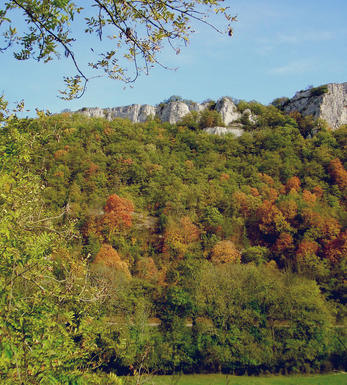
Beaune
The wines of Beaune are usually on the lighter side, especially if from the flatter vineyards on the Pommard side, or the sandier soils towards Savigny. The sturdiest wines with the greatest depth of flavour come from the steeper slopes overlooking the town itself.
The Hospices de Beaune charity auction on the third Sunday in November is one of the highlights of the year. The Hospices building, known as l'Hôtel-Dieu, is well worth visiting. Beaune is also home to several of the region’s best known merchants such as Maisons Louis Jadot and Joseph Drouhin.- 128 hectares of village Beaune and 52 hectares of Côte de Beaune
- 322 hectares of Premier Cru vineyards. The finest vineyards include Les Grèves, Clos des Mouches
- Recommended producers: Germain, Devevey, Domaine des Croix, Jadot, Drouhin, Camille Giroud.
- Recommended restaurants: Ma Cuisine (not least for the wine list), Le Conty
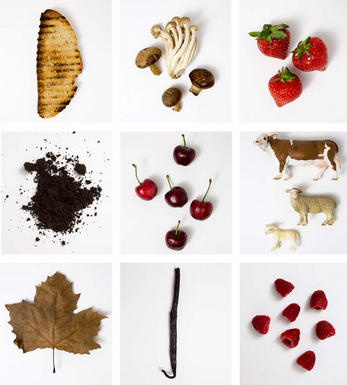
Pinot Noir
Pinot Noir is probably the most frustrating, and at times infuriating, wine grape in the world. However when it is successful, it can produce some of the most sublime wines known to man. This thin-skinned grape which grows in small, tight bunches performs well on well-drained, deepish limestone based subsoils as are found on Burgundy's Côte d'Or.
Pinot Noir is more susceptible than other varieties to over cropping - concentration and varietal character disappear rapidly if yields are excessive and yields as little as 25hl/ha are the norm for some climats of the Côte d`Or.
Because of the thinness of the skins, Pinot Noir wines are lighter in colour, body and tannins. However the best wines have grip, complexity and an intensity of fruit seldom found in wine from other grapes. Young Pinot Noir can smell almost sweet, redolent with freshly crushed raspberries, cherries and redcurrants. When mature, the best wines develop a sensuous, silky mouth feel with the fruit flavours deepening and gamey "sous-bois" nuances emerging.
The best examples are still found in Burgundy, although Pinot Noir`s key role in Champagne should not be forgotten. It is grown throughout the world with notable success in the Carneros and Russian River Valley districts of California, and the Martinborough and Central Otago regions of New Zealand.


Buying options
Add to wishlist
Description
This is a vineyard that Carel knows well, from his previous position at Domaine d'Ardhuy. As a lower vineyard, its style is more towards perfume than body and this characteristic is strongly to the fore this year, with violet and strawberry notes. It contains just 33% whole bunch, with a rewarding velure texture. Drink 2024-2032
wine at a glance
Delivery and quality guarantee